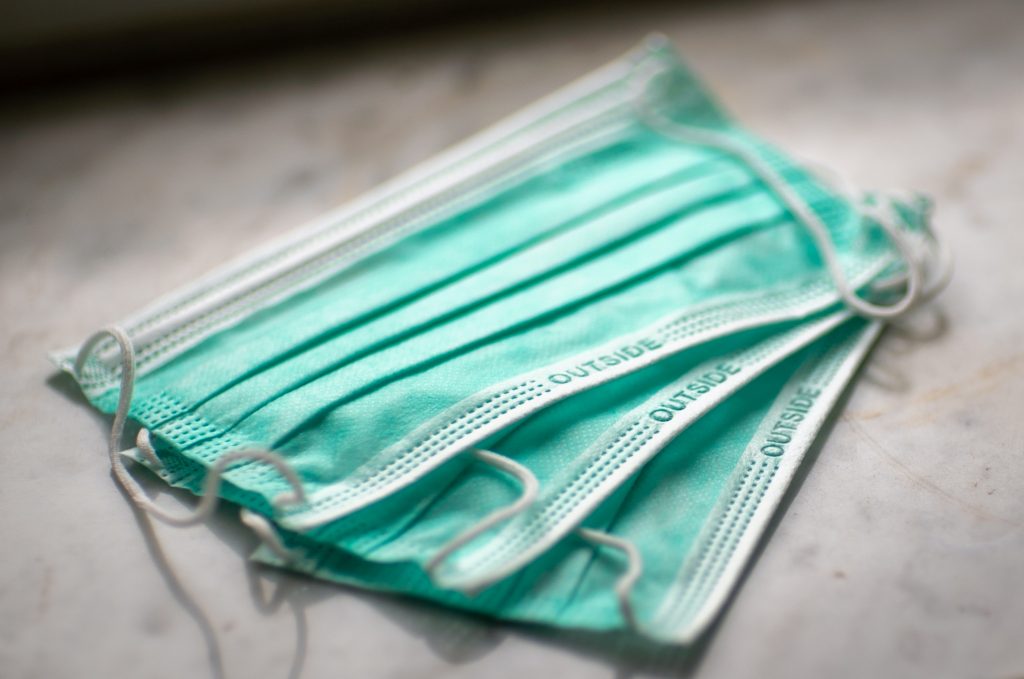How masks prevent COVID-19

How masks prevent COVID-19.
In light of the pandemic, in April 2020, the US Centers for Disease Control recommended that people wear masks and facial coverings when they are in public.
Many states have adopted the rule.
As you may have already seen on the news, this has been a point of contention for many.
Some have gone as far as assaulting store workers over wearing a mask.
So how do masks prevent the spread of SARS-COV-2, the virus that causes COVID-19?
Although researchers are still learning a lot about the virus, here is what we now know about how masks prevent the spread of the virus.
How masks prevent COVID-19: research-backed evidence
Wearing a mask makes a difference
First things first, it’s important to realize that wearing a face covering is better than avoiding it altogether.
SARS-COV-2 (the 2019 novel coronavirus) is carried in liquid droplets when people cough or sneeze. This is how the virus is transmitted.
In a research study published in Physics of Fluids, researchers showed that without a facial covering, the droplets traveled an average of 8 feet and as far as 12 feet from the source.
Both of these numbers are more than the social distancing recommendation that people stay 6 feet apart from each other.
A mask can protect you from inhaling virus-containing droplets.
It also serves to protect other people in case you are infected with the virus but have no symptoms.
The materials used to make masks matter too.
The researchers found that a mask made from two layers of cotton quilting material was the most effective at preventing droplets from travelling far from a coughing/sneezing person.
When droplets were released from behind the two-layered cotton mask, they only traveled 2.5 inches.
In contrast, with a bandanna made from T-shirt material, the droplets traveled more than 3 feet from the source.
Using a mask the researchers got from CVS, the droplets traveled only 8 inches.
Thus, in all of the cases, wearing a mask impeded the movement of the potentially infectious droplets.
However, the researchers found the double-layered cotton mask the most effective with the mask bought at the pharmacy a coming a close second.
Several other research studies support the study cited in this post.
Healthcare workers have been wearing masks to protect themselves from respiratory droplets that contain microbes for years.
Now we have studies that are backing the use of masks for everyday folks like you and I.
Some individuals I’ve encountered have talked about the fact that they feel anxious when they wear a mask. This is understandable. Wearing a mask for hours during a day is not natural. So I understand if you feel this way.
If you feel this way, talk to your doctor or a mental health professional to help you with tools to cope.
